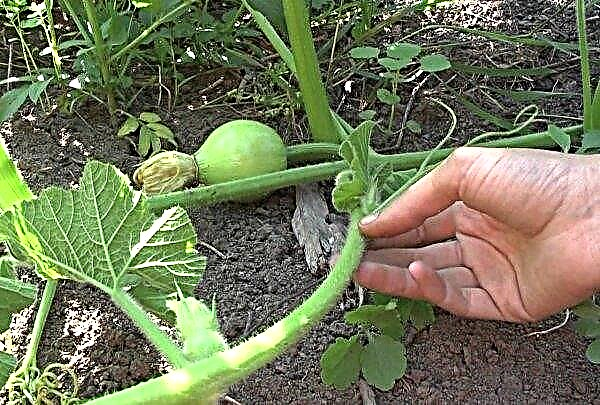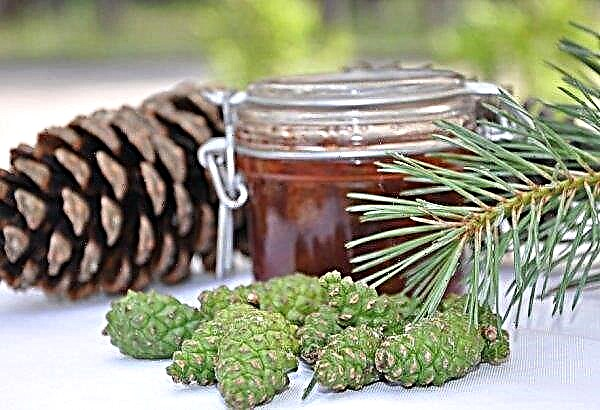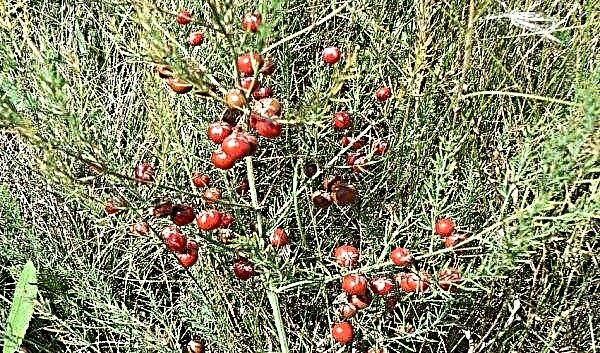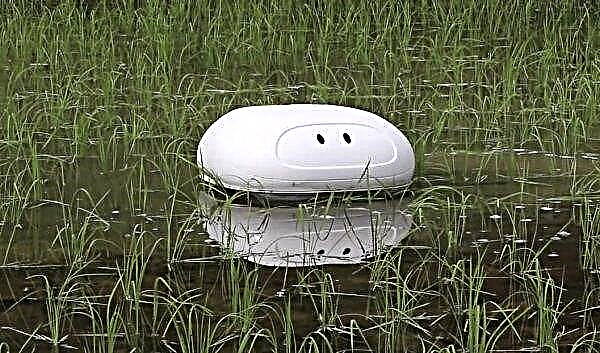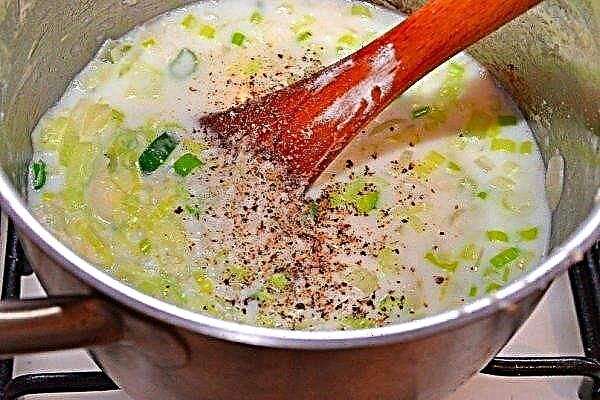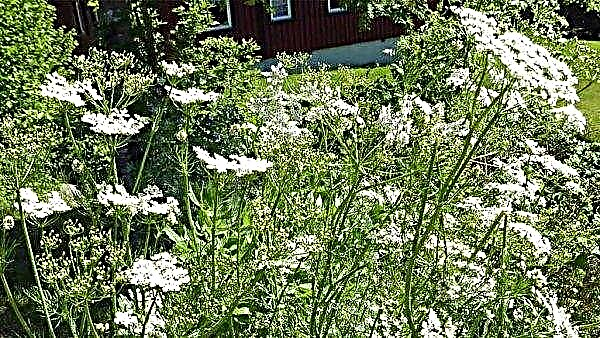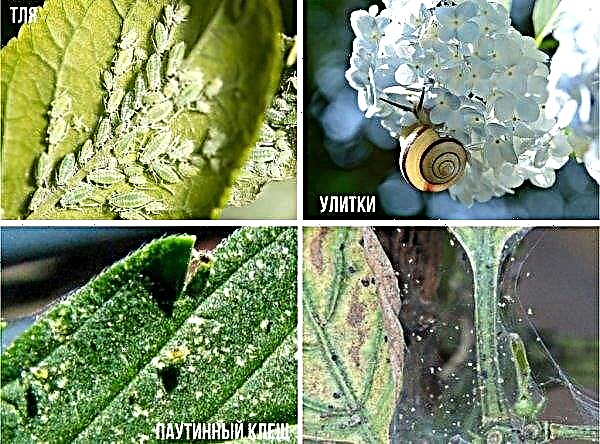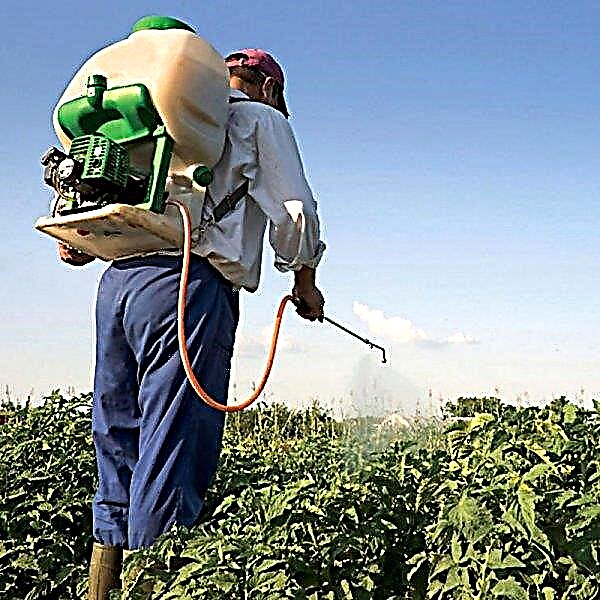Growing tulips in a greenhouse can become not only a hobby, but also a good income, especially by March 8th. But you should not be limited to one season, if you have a greenhouse, you can grow them throughout the year. Read about how to grow tulips for sale in this article.
The benefits of growing tulips in a greenhouse
Growing tulips is a good enough solution for a small business. The bulb market is far from saturated, and contrary to popular belief, colorful, hardy flowers grow well not only in Holland. In addition to selling flowers in spring and summer, you will also earn from selling bulbs in the fall. With the development of the Internet, it has become possible to earn on the sale of photographs and articles about the features of growing your tulips. You can grow both rare and traditional demanded varieties.

Suitable varieties
Tulips are grown in greenhouses much more than other spring flowers. To do this, you will need to purchase those varieties that you can confidently rely on. Flowers can be divided into early with ripening in January - February, middle (February - April) and late (April - June).
Description of the main groups:
- Early tulips are simple (with a peduncle height up to 30 cm) and terry (with a height of up to 50 cm). All terry varieties are quite low (not higher than 25 cm), but have characteristic large buds up to 8 cm.
- Tulips of the Triumph and Darwin class are mid-early. Peduncles reach a height of 80 cm. Large buds have a goblet shape. Darwin's tulips also have a cup shape.
- Simple late varieties have a goblet-shaped flower with a square base. Peduncle height - up to 75 cm. The peculiarity of late spring tulips is that they have pointed curved petals. Their flower stalks are medium in size - about 50 cm tall.
Did you know? The name “tulip” comes from the Persian word “tulband”, meaning a turban, which is similar to the shape of a flower.
The early varieties are suitable for forcing for Valentine's Day, and by March 8, varieties with medium and late ripening time have time to grow.
The following varieties are suitable for growing in greenhouses:
- double early - Abba, Holland Ballet, Largo, Monte Carlo Mondial;
- double late - Angelique, Mount Tacoma, Upstar;
- fringed tulips - Arma, Louvre;
- parrot tulips - Apricot Parrot, Erna Lindgreen, Rococo, Texas Gold;
- tulips for cutting - Carola, Cassina, Cheers, Clearwater, Deshima, Early Glory, Frisco, Holland Beauty, Ile de France, Negrita's Favorite, Otello, Purple Prince.

Almost all dwarf varieties are also suitable for growing in greenhouses. These are flowers whose height does not exceed 10 cm. The best varieties of this group: Baikery Lilac Vander, Dream, Yellow Baby, Little Prinsess, Odalisk, Lilliput. They are purchased to decorate flowerbeds throughout the spring. To trade online over the Christmas holidays, Duc van Thols is the most cultivated variety in yellow and red. It is exclusively for sale in pots. Given the variety of varieties and the purposes of cultivation, the optimal use of the greenhouse will be if you grow flowers in it from February to May.
Did you know? The maximum diameter of the bulb — 12 cm. Such specimens will give the largest flowers and bloom before others. The rest will need time to gain enough weight.
When is it better to plant?
The preferred landing date is from the second half of September to the second half of December. For most species, landing in October-November is characteristic. To collect flowers by March 8, planting is carried out in November. Exact calculation of planting dates is carried out as follows: flowering date - cultivar growing time - cold processing time = planting date.
The exact landing period is always adjusted taking into account the following points:
- the planned date of delivery of the trays to the greenhouse;
- for rooting the bulbs will need - about 2 months after planting (minimum - 6 weeks);
- the maximum period from planting to flowering is no more than 17 weeks;
- temperature in the room during rooting or in a constant place;
- varieties of plants.

Never plant bulbs when temperatures exceed + 9 ° C. This can cause developmental abnormalities and provoke a number of diseases. Avoid planting too early, because a prolonged period of cold will lead to the appearance of weak and fragile peduncles.
Preparatory work
When determining the number of works and the degree of their complexity, consider that there are many tulips in the world. They are grown in greenhouses, open ground. Each method of work implies its own characteristics. The peculiarity of the bulbs is that they cannot physiologically inactive. They need air exchange and normal room humidity.
Important! Bulbs should not be stored near exhaust gas or fruit because of their sensitivity to gases, in particular ethylene. This can cause bulb growth.
Store planting material before planting in a dry, well-ventilated area. + 20 ° C - a suitable storage temperature until mid-October, and then it must be reduced to + 17 ° C. After the time comes to prepare the material for planting, they must first go through a period of processing with cold, which affects the development of the stem required by the standard length.
Cooling
Tulips that grow in open ground do not need special conditions. Planting such bulbs is carried out in November so that they bloom in May. Bulbs can also be stored uncooled until planting in the greenhouse in November, followed by flowering from February to April.
After collecting the bulbs for some time, they are stored in a dry, well-ventilated area to initiate the laying of the future flower. Then they are exposed to lower temperatures. This process is called distillation. As a result, the beginning of vegetation and flowering are stimulated much earlier than the calendar period. For example, in December.

Bulb planting is carried out in containers. Then give them time to root - 2–4 weeks. All this time they are at a temperature of from 9 ° C to 0 ° C. Then the containers are placed in a room with a temperature of –2 ° С and covered with a film in order to avoid excessive moisture loss. The use of different temperatures shows different results.
For example, higher temperatures will mean:
- shortened flower stems;
- longer growing period;
- accelerated growth of the stem and roots.
Substrate preparation
Before planting, both planting material and the substrate itself or beds are necessarily prepared.
Did you know? Currently, tulips are the third most popular flower in the world, in the first place — roses, on the second —chrysanthemums.
Basic soil requirements:
- Tulips grow on almost any soil, but prefer sandy, full of organic matter. So mix sand and peat moss or compost. A mixture of pure sand and sawdust is also often used.
- If only clay soils are available, dilute them with sand.
- Bone meal is brought under the roots. And after planting, add balanced fertilizer in the composition of nitrogen, phosphorus and potassium (10:10:10) in the upper 3 cm of the soil in dry form.
Box preparation
Shorter boxes are suitable for growing tulips than for lilies. The optimal width of the box is 60 cm. You can also purchase special trays for planting bulbs. Beginning gardeners plant plants in pots or bowls.

Tanks need adequate drainage - several holes at the bottom and a layer of medium-gravel gravel. When filling the container with soil, it is important to remember that the roots of the plant grow at the base of the bulb. And much more important is how much soil is under the bulb than what depth it is planted on.
Growing Technology for Beginners
Landing technology:

- Fill planting containers with sterilized soil mixture.
- Place the bulbs on this substrate.
- Cover them with 5–7 cm soil mixture, and then sprinkle with sand.
- The thickness of the sand layer is at least 2 cm. The sand must be very clean and free of sludge in order to ensure normal air exchange for the bulbs. Clean sand is also able to protect the bulbs from bacteria.
- Water them.
- The tops of the bulbs should still be visible after watering the substrate.
- If the bulbs were cooled before this, then they begin to develop rapidly. Therefore, at night, the temperature near the boxes should drop to + 4 ° C.
- If the plants are located in a room with a cooler, you can lower the temperature with it. This is necessary in order to form a good root system.
- For a full vegetation cycle, it will take 12-17 weeks, depending on the variety and season.
- Set containers in a sunny place.
Landing pattern
Bulbs in boxes are placed in rows. The number of bulbs in one box varies depending on the size. Each box draws an average of 6-8 rows of 10 bulbs. The distance between them is 10-14 cm if it is cut flowers or 5-7 if it is bulbs for selling potted plants. On 1 m², 4 boxes can be placed, thus obtaining up to 250-300 plants.
Did you know? Some varieties of tulips got their names due to unique aromas. Abricot beauty — This is a tulip variety that smells of apricot.
Basic landing patterns:
| Open ground |
|
| Greenhouse cultivation without cooling |
|
| Distillation without cooling with growing in a greenhouse |
|
| Distillation with lowering the temperature to + 5 ° C |
|
Flower care
Water them so often that the peat remains wet. Maintain the temperature in the greenhouse from + 4 ° C to + 16 ° C. At + 4 ° C, tulips will be ready to bloom in about six weeks, and at + 16 ° C in 4 weeks.

Fertilize plants when they reach a height of 5–7 cm. Use balanced fertilizer with a high nitrogen content weekly until flowering begins. Harvesting tulips is necessary when the petals begin to acquire color.
How to cut?
Tulips begin to cut, on which the shade of the main color manifests itself. Flowers are plucked together with bulbs and set vertically in boxes. Otherwise, they will begin to stretch toward the light source and bend. Store in a room with good ventilation at a temperature of +2 ... + 3 ° С. In this form, flowers can be stored up to 1 month. When forming bouquets for sale, cut the bulb under a stream of water.
Important! When buying a bouquet of cut tulips, choose flowers with dense petals. Opened buds will have a shorter life.
If seed material is prepared from the bulbs, then the flowers are cut, and the bulbs are left in the ground. Watering is continued until the leaves and stalk turn yellow, after which they can be dug up. Growing tulips can be considered quite troublesome. But it also brings aesthetic pleasure and can be a good source of income if you provide them with good soil and the right microclimate. Try it, maybe - this is exactly what you have been dreaming of all your life.



